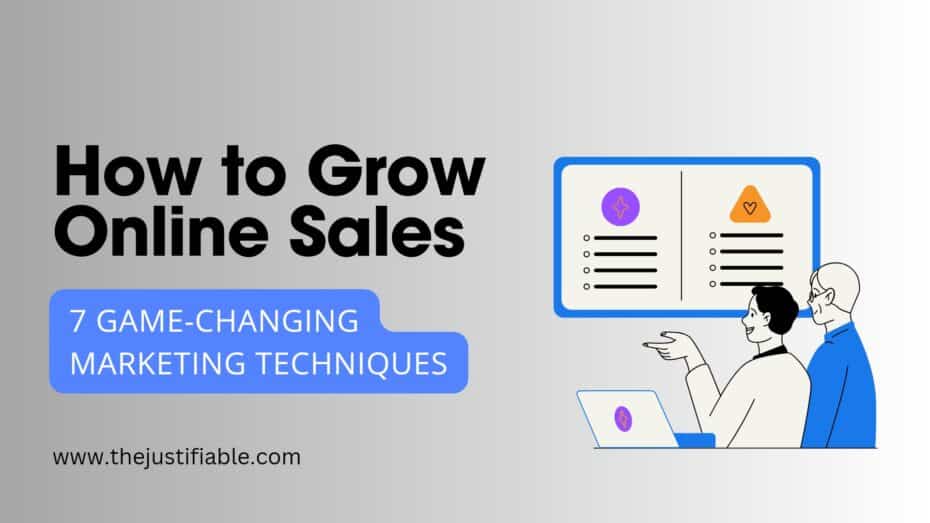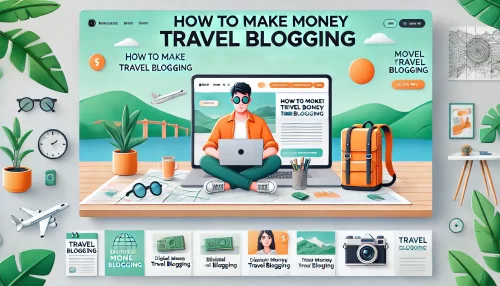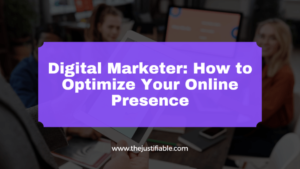Table of Contents
How do you transform your online presence into a sales powerhouse? What strategies can catapult your brand into the limelight, turning clicks into customers? How to grow online sales is the golden question for businesses in the digital age, and the journey begins with understanding and applying effective marketing techniques. In this guide, I’ll share seven game-changing strategies that can significantly impact your online sales.
In my experience, the foundation of any successful online business is a deep understanding of its audience. By knowing who your customers are, what they need, and how they navigate the digital world, you can tailor your marketing strategies to speak directly to them. Most importantly, this approach ensures that your efforts resonate with your target market, leading to higher engagement and conversion rates.
From my point of view, leveraging the right marketing techniques is not just about throwing ideas at the wall and seeing what sticks. It’s about informed decision-making and strategic planning. In this article, we’ll delve into how implementing SEO best practices, engaging with your audience on social media, optimizing your email marketing campaigns, and more can boost your online sales. My suggestion is to approach these strategies with an open mind and a willingness to adapt, as the digital landscape is ever-evolving. Let’s embark on this journey together and explore how you can scale your online sales to new heights.
Understanding Your Target Audience: The First Step to Boost Online Sales
“Knowing your customer gives you the power to meet their needs and turn them into sales.” How to grow online sales starts with a deep dive into understanding who your audience is. This is not just about demographics but their behaviors, preferences, and pain points. Engaging with your target audience effectively is the cornerstone of any successful digital marketing strategy.
Most importantly, understanding your audience allows for more targeted marketing efforts. I believe that by analyzing customer behavior, you can tailor your marketing messages to resonate more deeply with your intended audience. This personal touch can significantly enhance the effectiveness of your campaigns, leading to increased engagement and, ultimately, sales. From my perspective, it’s not just about reaching an audience but about reaching the right audience with the right message at the right time.
In my opinion, this process begins with gathering data. Utilizing tools like customer surveys, feedback forms, and social media analytics can provide invaluable insights into your audience’s needs and preferences. Furthermore, this data can help identify trends and patterns in customer behavior, allowing you to anticipate their needs better and adapt your strategy accordingly. From my experience, companies that excel in understanding their customers often enjoy higher conversion rates and customer loyalty, proving the effort worthwhile.
Leveraging Data Analytics to Uncover Customer Insights
“Data is the compass that guides you to your customer’s heart.” Leveraging data analytics is crucial in unraveling the complexities of customer behavior and preferences. In my view, the more you know about your customers, the better you can serve them. Analytics provide a window into your customers’ online behaviors, preferences, and purchasing patterns, offering concrete insights to inform your strategies.
I recommend employing a variety of analytics tools to gather a comprehensive dataset about your audience. From website traffic analytics to social media engagement metrics, each piece of data contributes to a fuller understanding of your target market. Most importantly, this data can help identify not just who your customers are but what motivates their decisions, enabling you to craft more effective marketing messages and offers.
In my honest opinion, the key to successfully leveraging analytics lies in continuous monitoring and adaptation. The digital landscape and consumer behaviors are constantly evolving, and what works today may not work tomorrow. Therefore, I suggest making data analysis an ongoing part of your marketing strategy, allowing you to stay ahead of trends and adjust your tactics to maintain and grow your online sales effectively.
Crafting Persona-Based Marketing Strategies
“Speak to your customer in their language about what’s in their heart.” Crafting persona-based marketing strategies is about creating detailed profiles representing segments of your target audience. These personas help in visualizing the ideal customer, making it easier to tailor content, messaging, and offers to meet their specific needs and preferences.
I strongly believe that persona-based marketing is more than a tactic; it’s a strategic approach that humanizes your marketing efforts. By understanding the specific characteristics, challenges, and motivations of each persona, you can craft messages that speak directly to them. This personalized approach is far more likely to resonate, leading to higher engagement and conversion rates.
My recommendation for implementing persona-based marketing begins with detailed research to accurately define each persona. This includes demographic information, interests, buying behavior, and pain points. Following this, I would say that mapping out content and marketing strategies that align with each persona’s journey is crucial. In my view, this tailored approach not only enhances the customer experience but also significantly boosts online sales by appealing directly to the diverse needs and preferences of your audience.
Elevating Your SEO Game: 3 Key Tactics to Attract More Traffic
Did you know that over 90% of online experiences begin with a search engine? This statistic underscores the critical importance of SEO in the quest to grow online sales. By elevating your SEO game, you not only enhance your visibility but also significantly increase your chances of attracting more traffic to your website. In this section, we’ll explore three key tactics that are instrumental in drawing more visitors to your online storefront.
Firstly, I believe that a robust SEO strategy begins with understanding how search engines work and what your target audience is searching for. This means diving deep into keyword research, content quality, and website usability. Most importantly, SEO is not a one-time task but a continuous effort. Adjusting your strategies according to the latest trends and algorithm updates can keep you ahead of the competition and visible to your potential customers.
From my perspective, success in SEO requires patience, persistence, and a willingness to learn and adapt. It’s not just about attracting more traffic; it’s about attracting the right traffic. This means visitors who are genuinely interested in what you have to offer. By focusing on the quality of your traffic, you can increase the likelihood of conversion from visitor to customer. My recommendation is to stay updated with SEO best practices and continuously optimize your website to meet these standards.
1. Keyword Optimization: The Core of Increasing Visibility
At the heart of SEO lies keyword optimization, a process crucial for making your website visible to the right audience. According to recent studies, the first page of Google captures up to 95% of web traffic. This highlights the importance of optimizing your content with relevant keywords to rank higher in search results.
From my experience, the key to effective keyword optimization is not just incorporating high-volume keywords but also focusing on long-tail keywords and user intent. These more specific phrases may have lower search volumes, but they can attract more qualified traffic that’s more likely to convert. My suggestion is to use keyword research tools to find the right balance between keyword difficulty and search volume, ensuring your content matches what your target audience is searching for.
Most importantly, keyword stuffing should be avoided at all costs. In my opinion, creating valuable, engaging content that naturally incorporates your target keywords is far more effective. This approach not only improves your SEO performance but also enhances the user experience, keeping your audience engaged and encouraging them to explore your site further.
2. On-Page SEO Tweaks to Skyrocket Your Site’s Ranking
On-page SEO is about optimizing individual web pages to rank higher and earn more relevant traffic. This includes optimizing your content, title tags, meta descriptions, and images. According to Google, high-quality, relevant content is one of the most important factors for ranking success.
In my view, on-page SEO starts with making sure your content is not only informative and engaging but also structured in a way that search engines can easily understand. This means using header tags to structure your content, optimizing your images with alt text, and ensuring your URLs are clean and descriptive. My recommendation is to also focus on internal linking, which helps search engines discover new pages on your site and improves site navigation for users.
Furthermore, the speed of your website can significantly impact your rankings. From my perspective, users expect fast-loading pages, and search engines reward sites that provide a good user experience. Therefore, optimizing your site’s loading speed is a must-do. Tools like Google’s PageSpeed Insights can offer valuable recommendations on how to improve your site’s performance.
3. Mastering Local SEO: A Must-Have for Local Businesses
For local businesses, mastering local SEO is not just an option; it’s a necessity. Statistics show that 46% of all Google searches are looking for local information. This means that if your business isn’t optimized for local search, you could be missing out on a significant amount of potential traffic.
I strongly believe that a well-optimized Google My Business (GMB) profile is the cornerstone of effective local SEO. It allows your business to appear in local search results and Google Maps, providing potential customers with essential information like your business hours, address, and customer reviews. Most importantly, regularly updating your GMB profile with fresh content and photos can significantly improve your visibility in local search results.
In addition to optimizing your GMB profile, I recommend focusing on local keywords and creating location-specific content. This can help you rank higher in local search queries. Moreover, encouraging satisfied customers to leave positive reviews on your GMB profile can enhance your business’s reputation and search ranking. In my honest opinion, local SEO is an invaluable strategy for any business looking to increase its local online visibility and attract more customers from its community.
Email Marketing Revamped: How to Secure Sales with Every Send
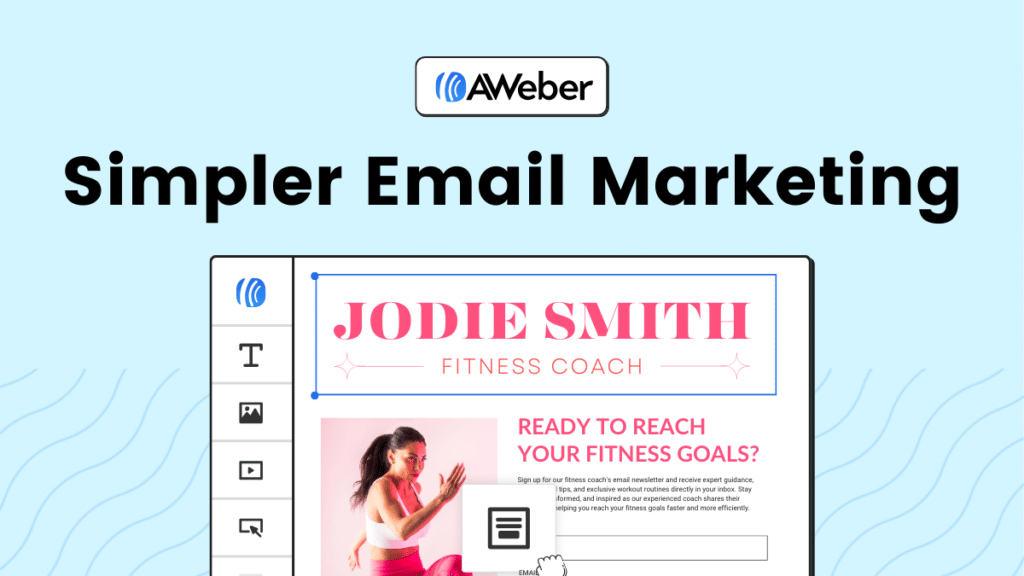
Just as a skilled archer aims carefully to hit the target, so must businesses with their email marketing campaigns to secure sales effectively. In the quest to grow online sales, email marketing remains a formidable tool in the digital marketer’s arsenal, offering direct access to your audience’s inboxes. However, with the digital space becoming increasingly crowded, revamping your email marketing strategies is essential to stand out and convert leads into sales.
Firstly, the effectiveness of email marketing hinges on its ability to engage recipients. This means crafting emails that are not only relevant and interesting but also timely and valuable. Most importantly, every email should serve a clear purpose, whether it’s to inform, entertain, or sell. From my perspective, a well-executed email marketing campaign feels personalized and relevant to the recipient, making them more likely to engage with the content and take action.
Moreover, I suggest leveraging the power of data to optimize your email campaigns. Analyzing open rates, click-through rates, and conversion metrics can provide insights into what works and what doesn’t. This data-driven approach allows for continuous refinement of your strategies, ensuring that your emails resonate with your audience. In my view, the goal of email marketing is not just to increase visibility but to build and nurture relationships with your audience, leading to sustained growth in online sales.
Lastly, the frequency and timing of your emails can significantly impact their effectiveness. Bombarding subscribers with too many emails can lead to list fatigue and high unsubscribe rates, while sending too few may cause your brand to be forgotten. My recommendation is to find a balance that keeps your audience engaged without overwhelming them. Tailoring this aspect according to the preferences and behaviors of your target audience can greatly enhance the performance of your email marketing efforts.
Segmentation Secrets: Boosting Open Rates and Conversions
Segmentation is the process of dividing your email list into smaller, more focused groups based on specific criteria, such as demographics, purchase history, or engagement level. This approach allows for more targeted and relevant email campaigns. According to recent studies, segmented email campaigns have significantly higher open and click-through rates than non-segmented ones.
From my experience, segmentation enables marketers to tailor their messages more precisely to meet the needs and interests of different audience segments. For instance, sending a special offer to customers who have previously purchased specific products can lead to higher conversion rates compared to a generic promotion sent to your entire list. I strongly believe that the more personalized and relevant the email, the higher the likelihood of engaging the recipient and driving sales.
Most importantly, successful segmentation requires a deep understanding of your audience. This may involve collecting and analyzing data on customer behavior and preferences. I recommend starting with basic segmentation criteria and gradually refining your approach as you gain more insights into your audience. In my honest opinion, effective segmentation is a powerful tool that can significantly improve the efficiency and effectiveness of your email marketing campaigns, leading to better customer engagement and increased online sales.
Personalization Techniques: Making Every Customer Feel Special
Personalization in email marketing means going beyond using the recipient’s name in the subject line. It involves tailoring the content of your emails to meet the specific needs and interests of each recipient. In a world where consumers are bombarded with generic marketing messages, personalized emails can make your brand stand out and foster a stronger connection with your audience.
I believe that personalization should be based on data-driven insights. Utilizing information about past purchases, browsing behavior, and engagement with previous emails can help create highly relevant and compelling content. For example, recommending products similar to those a customer has bought in the past can be an effective way to cross-sell and increase sales.
Moreover, personalization also extends to the timing and frequency of your emails. My suggestion is to use automation tools to send emails at the optimal time for each recipient, based on their past engagement patterns. This level of personalization ensures that your emails are more likely to be opened and acted upon. In my view, personalization is not just a strategy but a commitment to treating each customer as an individual, significantly enhancing the effectiveness of your email marketing campaigns and contributing to your overall goal of growing online sales.
Enhancing User Experience: The Secret Ingredient for Online Sales Growth
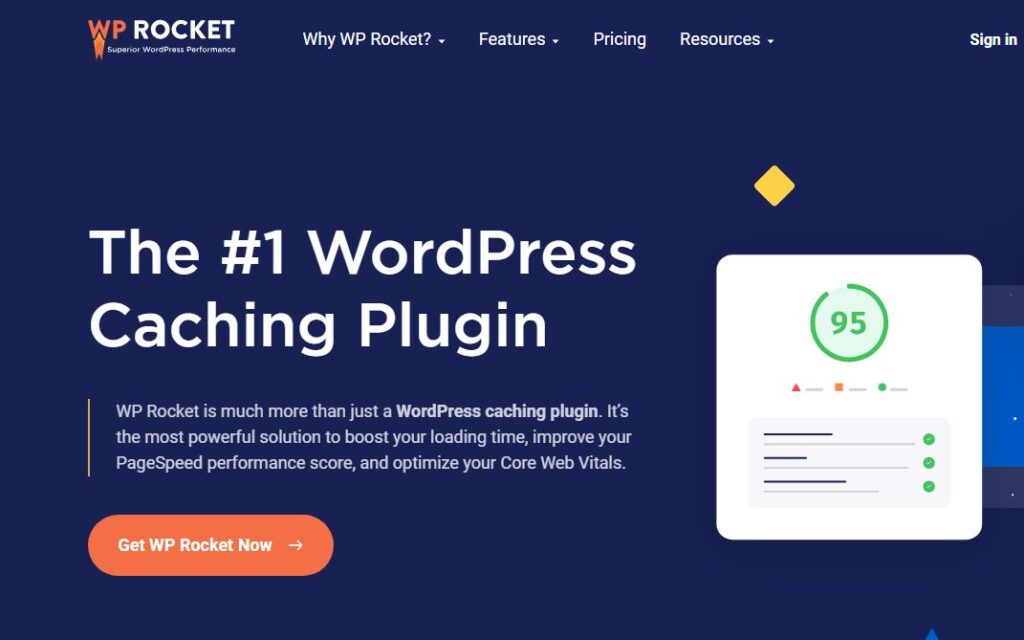
While it’s true that product quality and pricing are critical factors in online sales, it’s the user experience (UX) that often makes or breaks the deal. How to grow online sales significantly hinges on how effortlessly and pleasantly customers can navigate and complete their purchases on your platform. A seamless user experience has become the secret sauce for businesses aiming to not only attract but also retain customers in the highly competitive digital marketplace.
In my opinion, a standout user experience starts with intuitive design and easy navigation. Websites and online stores should be built with the user in mind, ensuring that customers can find what they’re looking for without frustration. Most importantly, incorporating elements like clear call-to-action buttons and simplified checkout processes can dramatically reduce cart abandonment rates and boost conversions. It’s about removing any barriers that might prevent a potential customer from making a purchase.
Moreover, personalization plays a pivotal role in enhancing the user experience. By displaying content, offers, and product recommendations based on the user’s past behavior and preferences, you can make their shopping experience feel unique and tailored to their needs. In my experience, customers appreciate when a brand takes the effort to understand and cater to their specific interests, which in turn fosters loyalty and repeat business.
Mobile Optimization: Ensuring Seamless Shopping on Any Device
In today’s digital age, mobile devices account for approximately half of web traffic worldwide. Acknowledging this, ensuring that your online store is optimized for mobile is no longer optional but essential. A mobile-optimized website provides a seamless shopping experience across all devices, catering to the growing number of consumers who shop on their smartphones and tablets.
From my perspective, mobile optimization involves designing your site with a mobile-first approach. This means fast loading times, responsive design, and touch-friendly navigation. Most importantly, it’s about ensuring that all features available on the desktop version of your site are also accessible and user-friendly on mobile. My recommendation is to regularly test your mobile site’s performance and usability, as this can highlight areas for improvement that might not be as apparent on the desktop version.
Furthermore, I believe that mobile optimization also extends to the checkout process. Simplifying form fields, integrating popular mobile payment options, and ensuring that the checkout is as effortless as possible on a small screen can dramatically improve conversion rates. In my honest opinion, businesses that prioritize mobile optimization not only enhance the user experience but also position themselves to capitalize on the increasing trend of mobile shopping, thereby driving online sales growth.
Speed Optimization: Keeping Your Visitors Engaged and Happy
Page load speed is a critical aspect of user experience that directly impacts online sales. It’s been reported that even a one-second delay in page response can result in a 7% reduction in conversions. This statistic highlights the importance of speed optimization in keeping your visitors engaged and happy, thereby increasing the likelihood of converting them into customers.
I strongly believe that optimizing your website’s speed begins with evaluating your current performance using tools like Google’s PageSpeed Insights. These tools can provide valuable recommendations, such as minimizing HTTP requests, optimizing images, and leveraging browser caching. Most importantly, implementing these suggestions can significantly enhance the user experience by ensuring that your site loads quickly and smoothly.
Moreover, from my experience, the benefits of speed optimization extend beyond just improving conversion rates. Faster websites also rank better in search engine results, leading to increased visibility and traffic. My suggestion is to make speed optimization a priority in your website maintenance routine. Regularly monitoring and improving your site’s speed not only keeps your visitors satisfied but also supports your overall goal of growing online sales by creating an efficient, enjoyable online shopping experience.
Leveraging Social Media Influence: Turning Followers into Buyers
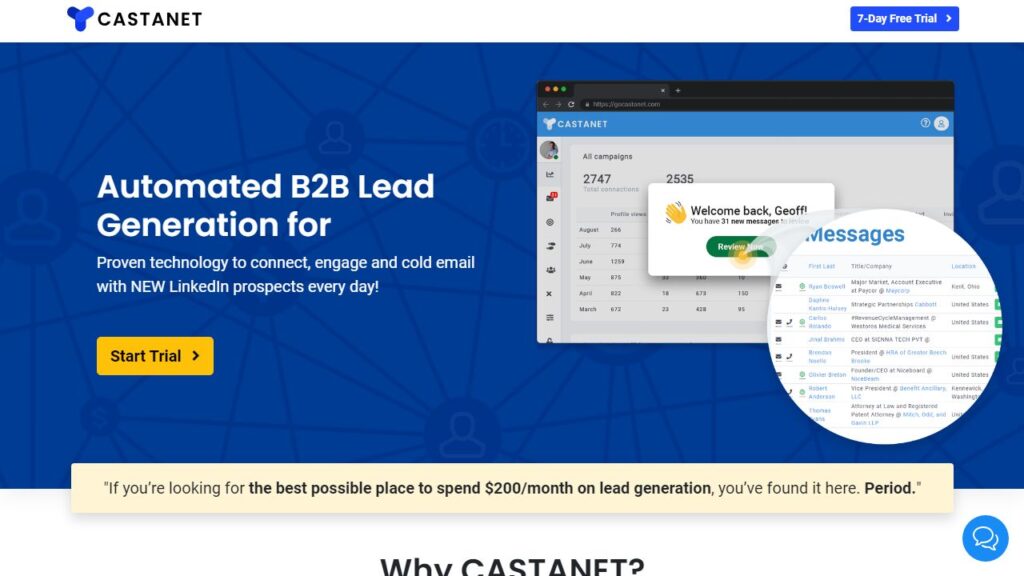
In the digital age, understanding how to grow online sales often involves mastering the art of converting social media followers into loyal customers. The power of social media platforms to influence buying decisions cannot be overstated. With billions of users worldwide, these platforms offer a vast audience ready to be engaged with compelling content and strategic marketing.
Firstly, I believe that creating a consistent brand identity across all social media platforms is crucial. This consistency helps in building brand recognition and trust among your followers. Most importantly, it ensures that when your audience thinks of a product or service you offer, your brand comes to mind first. My suggestion is to use a tone, style, and visual branding that resonates with your target audience, making your social media profiles an extension of your brand’s identity.
Moreover, engaging with your audience on a personal level can significantly enhance your social media influence. Responding to comments, asking for feedback, and participating in relevant conversations not only show that you value your audience’s opinions but also help in building a community around your brand. In my experience, a strong community fosters loyalty and increases the likelihood of followers becoming buyers. My recommendation is to prioritize engagement as much as content creation, as this two-way interaction is key to turning followers into customers.
Winning Strategies for Engaging Social Media Content
Creating engaging social media content is both an art and a science. To captivate your audience and encourage them to make a purchase, consider implementing these five winning strategies. First, storytelling can significantly increase engagement. Sharing stories about your brand, customer experiences, or the journey behind your products creates an emotional connection with your audience.
Secondly, I suggest leveraging interactive content, such as polls, quizzes, and contests, to keep your audience involved and interested. These interactive elements not only entertain but also provide valuable insights into your audience’s preferences and behavior. Most importantly, they can lead to higher engagement rates, which is beneficial for algorithmic visibility on many social media platforms.
Furthermore, utilizing user-generated content (UGC) can greatly enhance trust and authenticity in your brand. Encouraging your customers to share their experiences and photos with your products not only provides social proof but also amplifies your content reach. From my perspective, UGC acts as a powerful endorsement, influencing potential customers’ buying decisions more effectively than traditional advertising.
Harnessing the Power of Social Proof to Build Trust
Social proof is a powerful psychological phenomenon where people conform to the actions of others under the assumption that those actions reflect the correct behavior. In the context of online sales, showcasing reviews, testimonials, and user-generated content on your social media channels can significantly influence potential buyers.
I strongly believe that highlighting positive customer feedback and ratings builds credibility and reassures your audience about the quality of your products or services. Most importantly, it reduces the perceived risk of online shopping, making customers more comfortable with making a purchase. My recommendation is to regularly share positive reviews and testimonials, making them a prominent feature of your social media strategy.
Moreover, collaborating with influencers who align with your brand values can amplify the impact of social proof. Their endorsements serve as powerful testimonials, leveraging their credibility to boost your brand’s trustworthiness. In my opinion, choosing the right influencers is crucial; they should resonate with your target audience and genuinely appreciate your brand. This authenticity is key to converting their followers into your buyers, illustrating the significance of social proof in today’s digital marketplace.
Content Marketing Mastery: Educate, Engage, and Convert
Studies show that content marketing costs 62% less than traditional marketing methods and generates approximately 3 times as many leads. This statistic underlines the pivotal role of content marketing in the strategy to grow online sales. By mastering content marketing, businesses can educate their audience, engage them meaningfully, and ultimately convert this engagement into sales. The journey from content consumer to customer is paved with quality information, trust-building, and strategic calls-to-action.
In my opinion, the essence of content marketing lies in providing value. This means creating content that answers your audience’s questions, solves their problems, and enriches their lives in some way. Most importantly, this content should be offered without the immediate expectation of a sale. This approach helps build a relationship with your audience, establishing your brand as a trusted authority in your field. I recommend focusing on the quality of the content over the quantity, as this can significantly impact your audience’s perception and engagement levels.
Moreover, SEO plays a crucial role in content marketing. From my perspective, even the most valuable content needs to be discoverable by your target audience. This involves optimizing your content for search engines through the strategic use of keywords, meta tags, and quality backlinks. My suggestion is to conduct thorough keyword research to understand the terms your audience is searching for and then create content that seamlessly integrates these terms. This strategy not only improves your content’s visibility but also its relevance to your audience, enhancing the likelihood of engagement and conversion.
Creating Value-Driven Content that Ranks and Sells
In today’s digital landscape, the internet is saturated with content, making it challenging for any single piece to stand out. However, creating value-driven content that not only ranks on search engines but also has the power to convert readers into buyers is a skill that can significantly impact your online sales. According to statistics, content creation is the most effective SEO technique, with a clear emphasis on quality and relevance.
I strongly believe that understanding your audience’s needs and pain points is the first step in creating content that resonates. This involves deep market research and customer feedback analysis to identify topics that are not only relevant but also compelling to your target market. My suggestion is to then craft content that addresses these topics in a comprehensive and engaging manner, providing real solutions and insights that establish your brand as a helpful resource.
Most importantly, the content should be optimized for search engines without compromising its readability and user engagement. This means strategically incorporating targeted keywords, using internal linking to guide readers through your website, and creating compelling meta descriptions that encourage clicks from search engine results pages. In my view, the balance between SEO and user engagement is delicate but crucial for creating content that both ranks and sells.
Video Content: Capturing Attention in the Age of Information Overload
With the average human attention span now at just 8 seconds, video content has emerged as a powerful tool to capture and maintain audience attention. Statistics reveal that users spend 88% more time on websites with video content, highlighting its importance in engaging visitors and boosting online sales. Video content offers a dynamic and immersive way to present information, making it easier for audiences to digest and remember.
From my perspective, video content can vary from educational tutorials and product demonstrations to customer testimonials and behind-the-scenes looks at your company. The key is to produce content that is not only informative but also entertaining and visually appealing. I recommend using storytelling techniques to connect with viewers on an emotional level, which can significantly enhance engagement and brand loyalty.
Moreover, optimizing your video content for SEO is crucial for ensuring it reaches a wider audience. This includes using relevant keywords in your video titles and descriptions, as well as creating engaging thumbnails that encourage clicks. According to my experience, video content should also be accessible across different devices and platforms, making it easy for users to view and share your content. By incorporating video into your content marketing strategy, you can stand out in a crowded digital space, engage your audience more effectively, and drive significant growth in online sales.
Pay-Per-Click (PPC) Advertising: A Fast Lane to Increase Sales
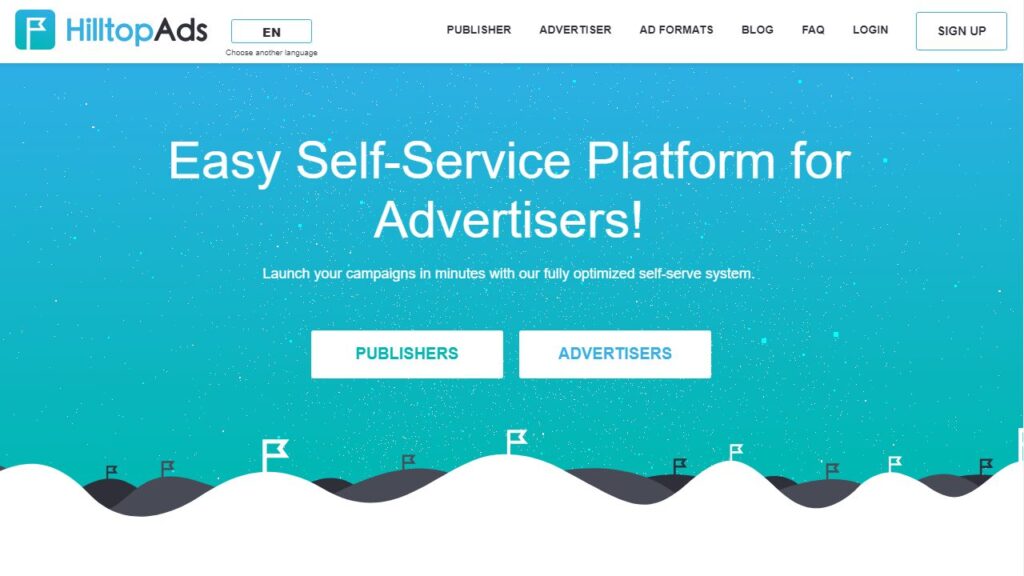
In the realm of digital marketing, Pay-Per-Click (PPC) advertising stands out as a direct route to enhancing online sales. This model, where businesses pay a fee each time one of their ads is clicked, offers a unique opportunity to appear in front of potential customers precisely when they are searching for related products or services. Leveraging PPC effectively can drive targeted traffic to your website, significantly increasing the chances of converting visitors into customers.
I believe that the key to successful PPC advertising lies in understanding your audience and how they use search engines to find solutions to their problems. By bidding on keywords that are closely aligned with the intent of your potential customers, you can ensure that your ads are displayed to the most relevant audience. Most importantly, PPC provides immediate visibility and results, which is particularly beneficial for new websites or those looking to quickly boost their online presence.
Moreover, PPC advertising offers unparalleled flexibility and control over your marketing budget. You can set daily and monthly budgets to ensure that your marketing spend remains within your financial limits. From my perspective, this makes PPC an attractive option for businesses of all sizes, allowing for scalability as your business grows. My recommendation is to continuously monitor and adjust your campaigns, optimizing for the best possible return on investment. With the right strategy, PPC can indeed be a fast lane to increasing your online sales.
Crafting Compelling Ad Copy: A Recipe for High Conversion Rates
The heart of any successful PPC campaign is its ad copy. Crafting compelling ad copy that resonates with your target audience can drastically improve your click-through rates and conversions. It’s not just about informing the audience about your product or service; it’s about conveying the value it offers in a way that motivates action.
I suggest focusing on the benefits of your product or service, rather than just its features. Highlight what sets you apart from competitors and why the reader should care. Most importantly, include a clear and compelling call to action (CTA) that guides them on what to do next. This could be anything from “Shop Now” to “Learn More” or “Get a Free Trial.” From my experience, ad copy that addresses the reader’s needs and interests while providing a clear next step is more likely to convert.
Furthermore, I recommend A/B testing different versions of your ad copy to see what resonates best with your audience. This involves changing one element at a time, such as the headline, body text, or CTA, and comparing the performance of these variations. In my view, regular testing and optimization are crucial for refining your ad copy and achieving the highest possible conversion rates.
Targeting and Retargeting: The Art of Capturing Interested Prospects
Targeting the right audience is crucial for the success of your PPC campaigns. With advanced targeting options available on platforms like Google Ads and Facebook, you can narrow down your audience based on demographics, interests, behaviors, and more. This ensures that your ads are being seen by people most likely to be interested in your products or services.
Retargeting, or remarketing, takes targeting one step further by focusing on users who have previously interacted with your website but did not make a purchase. I strongly believe retargeting is an effective strategy because it keeps your brand top of mind and encourages users to return to your site and complete their purchase. It’s based on the principle that people need multiple interactions with a brand before they decide to buy.
In my honest opinion, combining initial targeting with retargeting creates a powerful marketing approach that maximizes your chances of conversion. Initial targeting captures the attention of potential new customers, while retargeting works to re-engage those who are already familiar with your brand. From my perspective, mastering both targeting and retargeting in your PPC campaigns can significantly increase your online sales, making the most of every dollar spent on advertising.
Conclusion: Next Steps to Sustain and Grow Your Online Sales
As we navigate the conclusion of our guide on how to grow online sales, it’s clear that the journey doesn’t end here. The digital marketplace is dynamic, with trends and technologies evolving constantly. Thus, sustaining and growing your online sales requires continuous effort, adaptability, and a willingness to learn and implement new strategies. Here are some next steps to ensure that your business not only maintains its current success but also reaches new heights in the online sales arena.
Firstly, I recommend consistently analyzing and refining your strategies. The digital landscape is ever-changing, and what works today may not be as effective tomorrow. Most importantly, keep a close eye on your data analytics. This will provide insights into customer behavior, campaign performance, and areas for improvement. From my perspective, staying informed about the latest digital marketing trends and consumer preferences can help you adjust your tactics to stay ahead of the curve.
Moreover, investing in customer relationship management (CRM) tools can significantly enhance your ability to sustain and grow your sales. These tools can help you manage customer interactions more efficiently, ensuring that you provide a personalized experience to each visitor. In my opinion, building strong relationships with your customers is key to loyalty and repeat business, which are essential for long-term growth. My suggestion is to prioritize customer satisfaction by soliciting feedback and addressing any issues promptly and effectively.
Lastly, never underestimate the power of innovation. Whether it’s through introducing new products, exploring new marketing channels, or adopting cutting-edge technologies, staying innovative can keep your brand relevant and appealing to consumers. In my experience, businesses that are willing to take calculated risks and innovate are more likely to see sustained growth in their online sales. My recommendation is to foster a culture of creativity and experimentation within your team, as this can lead to breakthrough strategies that propel your business forward.
Frequently Asked Questions (FAQ)
What are the most effective ways to increase online sales?
The most effective ways to increase online sales include understanding your target audience, optimizing your website for search engines (SEO), leveraging social media, utilizing email marketing, improving user experience, and using pay-per-click (PPC) advertising. Each of these strategies targets different aspects of the customer journey, from attracting visitors to converting them into loyal customers.
How can SEO help in growing online sales?
SEO helps grow online sales by increasing your website’s visibility in search engine results. This leads to more organic traffic, which is often more targeted and likely to convert. By optimizing content with relevant keywords, improving site speed, and ensuring mobile-friendliness, businesses can rank higher on search engines and attract quality leads.
What role does social media play in boosting online sales?
Social media plays a crucial role in boosting online sales by enabling businesses to engage with their audience directly, build brand awareness, and drive traffic to their websites. By sharing valuable content, interacting with followers, and utilizing social proof (like customer reviews and testimonials), businesses can convert social media followers into paying customers.
How can email marketing improve online sales?
Email marketing improves online sales by nurturing leads, providing personalized content, and offering targeted promotions. Effective email campaigns can boost customer retention and encourage repeat purchases. Segmentation and personalization are key to ensuring that emails resonate with recipients and prompt them to take action.
What is the importance of user experience in online sales growth?
User experience (UX) is critical to online sales growth because a seamless and enjoyable UX reduces friction in the buying process, leading to higher conversion rates. Ensuring that your website is easy to navigate, mobile-friendly, and quick to load can significantly enhance the customer journey, encouraging more purchases.
Why is content marketing important for online sales?
Content marketing is important for online sales because it builds trust with potential customers by providing valuable information that addresses their needs. Quality content can educate, engage, and persuade visitors, ultimately guiding them through the sales funnel. Well-optimized content also improves SEO, driving more organic traffic to your site.
How does pay-per-click (PPC) advertising drive online sales?
PPC advertising drives online sales by placing your ads in front of potential customers who are actively searching for products or services like yours. This targeted approach ensures that your marketing budget is spent on reaching the most relevant audience, increasing the chances of converting clicks into sales.
What is the impact of mobile optimization on online sales?
Mobile optimization has a significant impact on online sales as a growing number of consumers use mobile devices to shop. A mobile-optimized website ensures a smooth shopping experience on all devices, reducing bounce rates and increasing the likelihood of conversion. It also positively affects your search engine rankings.
How can businesses leverage data analytics to boost online sales?
Businesses can leverage data analytics to boost online sales by gaining insights into customer behavior, preferences, and trends. This data-driven approach allows businesses to refine their marketing strategies, personalize customer experiences, and make informed decisions that enhance conversion rates and customer loyalty.
What are the benefits of using customer reviews to grow online sales?
Customer reviews provide social proof, which is a powerful influencer of purchasing decisions. Positive reviews build trust and credibility, reassuring potential customers of the quality of your products or services. Featuring reviews prominently on your website and social media can increase conversions and drive sales.


